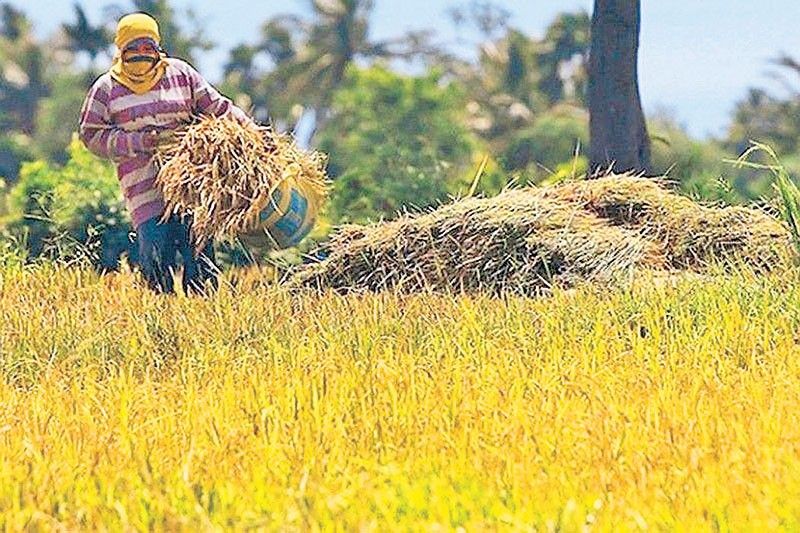El Niño cuts palay output by 5% in H1

Lowest in 4 years
MANILA, Philippines — Palay production in the first half contracted by more than five percent to a four-year low due to lower farm yield as some farmers delayed planting amid threats brought about by the El Niño phenomenon.
Domestic palay or unhusked rice output in the January to June period declined by 5.5 percent to 8.53 million metric tons from 9.026 million MT, latest Philippine Statistics Authority (PSA) data showed.
The latest output is the lowest first-half production recorded by the country since 2020 when production fell to 8.386 million MT, based on PSA data.
PSA data indicated that both production of irrigated and rainfed palay during the six-month period contracted on an annual basis.
Irrigated palay output reached 6.916 million MT, down by 5.44 percent from 7.314 million MT recorded volume in the first half last year. Rainfed palay production, meanwhile, shrank by 5.7 percent year-on-year to 1.613 million MT from 1.711 million MT.
The country saw larger reductions in palay output on an annual basis during the second quarter compared to the first quarter.
Palay output in the second quarter contracted by 9.5 percent to 3.845 million MT from 4.247 million MT. Meanwhile, first quarter production fell by two percent year-on-year to 4.685 million MT.
Government officials and industry stakeholders attributed the reduction in palay output to the ill effects of hotter and dryer weather conditions caused by the El Niño phenomenon in the first half.
For one, the erratic weather conditions forced farmers to delay their planting to avoid losses. Second, palay planted by farmers who survived El Niño suffered lower crop yield.
“(The contraction was) expected because of the delayed planting due to prolonged dry spell,” Agriculture Undersecretary Christopher Morales told The STAR.
Morales said the Department of Agriculture (DA) is now intensifying its efforts to provide the necessary planting initiatives to boost palay production in the second half.
Some of the interventions being made by the DA include the distribution of additional rice seeds as well as the contract farming of the National Irrigation Administration covering 40,000 hectares.
Raul Montemayor of the Federation of Free Farmers said it was not surprising that palay output in the first half contracted since the ill effects of El Niño spilled over to the second quarter.
Montemayor pointed out that the decline in palay production of nearly 500,000 MT during the reference period is equivalent to at least seven days of nationwide rice supply.
The reduction in output would have to be compensated by imports to ensure that the country has sufficient stock of the staple, Montemayor told The STAR.
The country’s rice imports as of July 25 have reached 2.441 million MT, a fifth higher than the 2.02 million MT recorded volume in the same period of last year, based on Bureau of Plant Industry data.
- Latest
- Trending

























